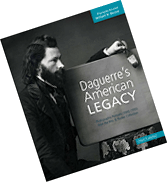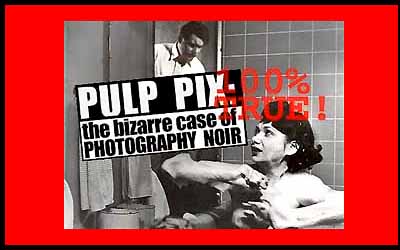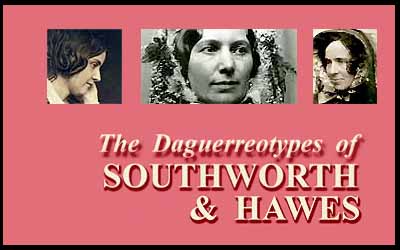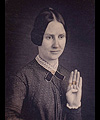American Museum of Photography — View Great Photographs — Index
 —- —-NEW BOOK! Daguerre’s American Legacy PHOTOGRAPHIC PORTRAITS, 1840 – 1900 (click here) Features 200+ DAGUERREOTYPES, AMBROTYPES, TINTYPES, CDVS & CABINET CARDS |
 |

|
|
|
||||||
|
The American Museum of Photography is a Virtual Museum. Contact us at [email protected]
|













